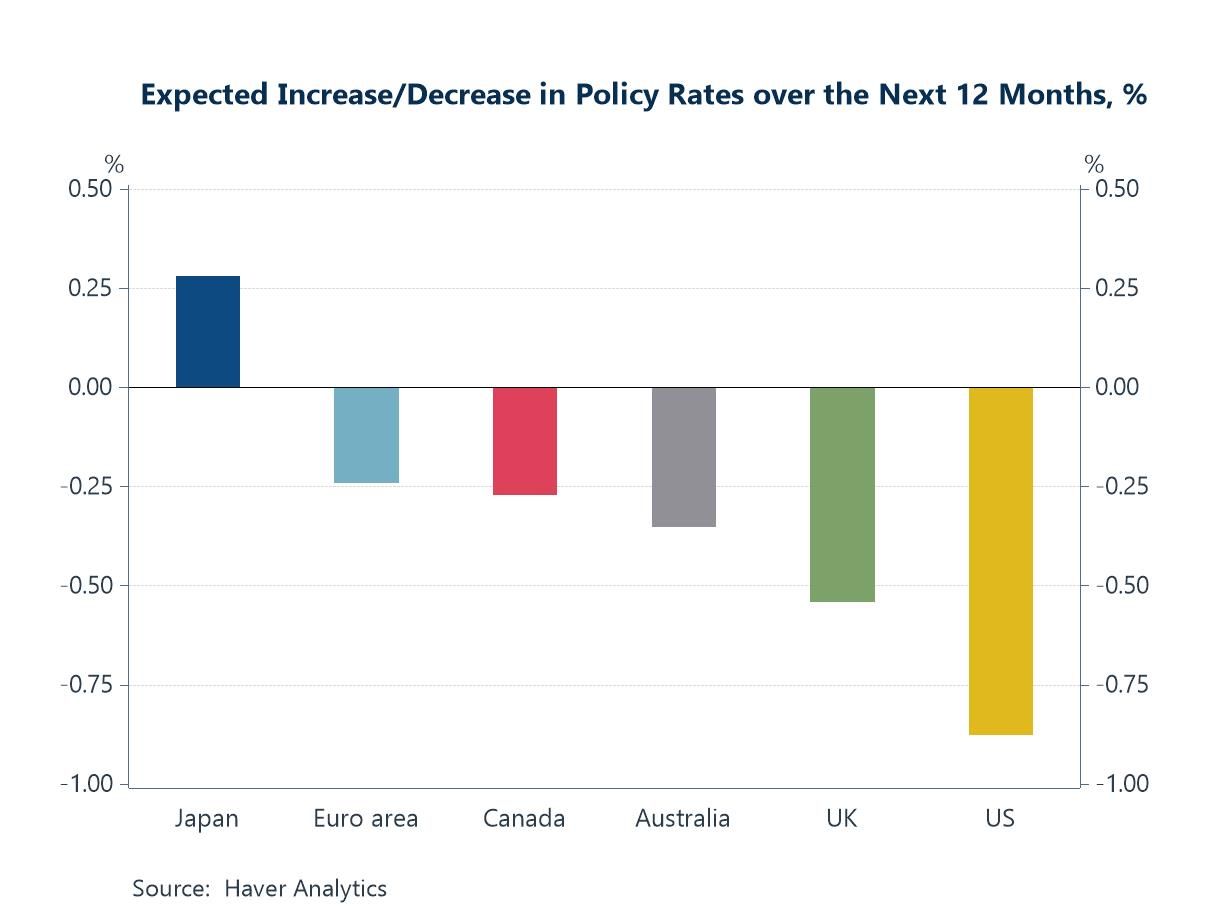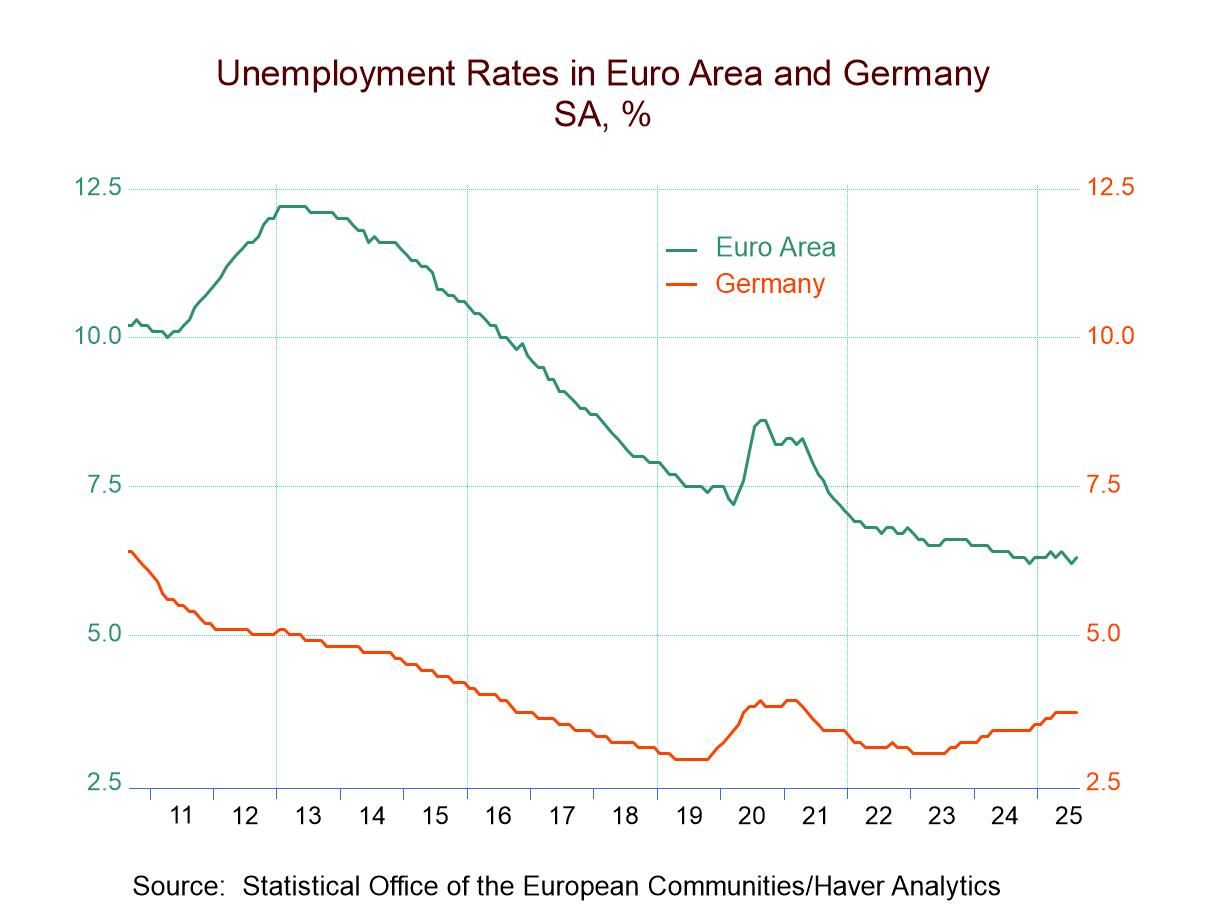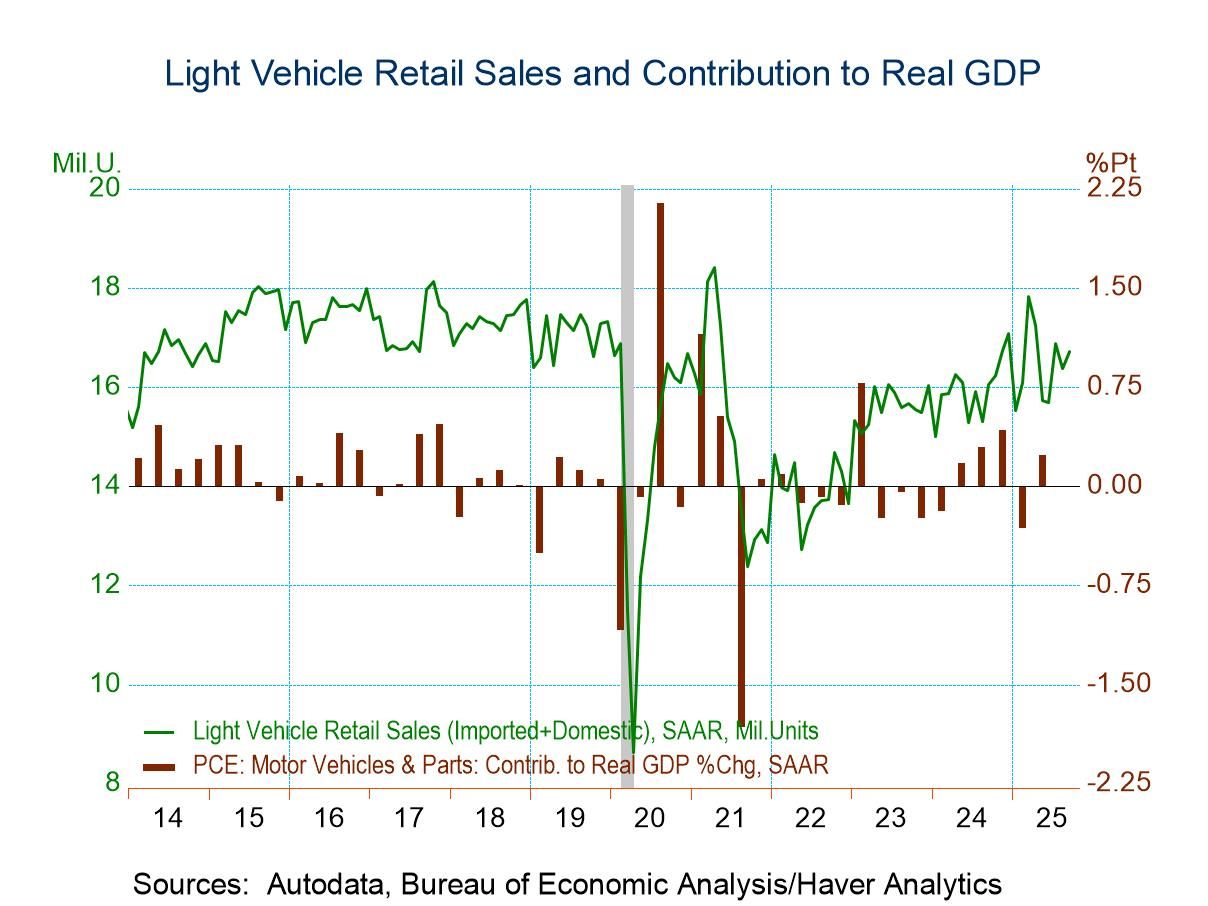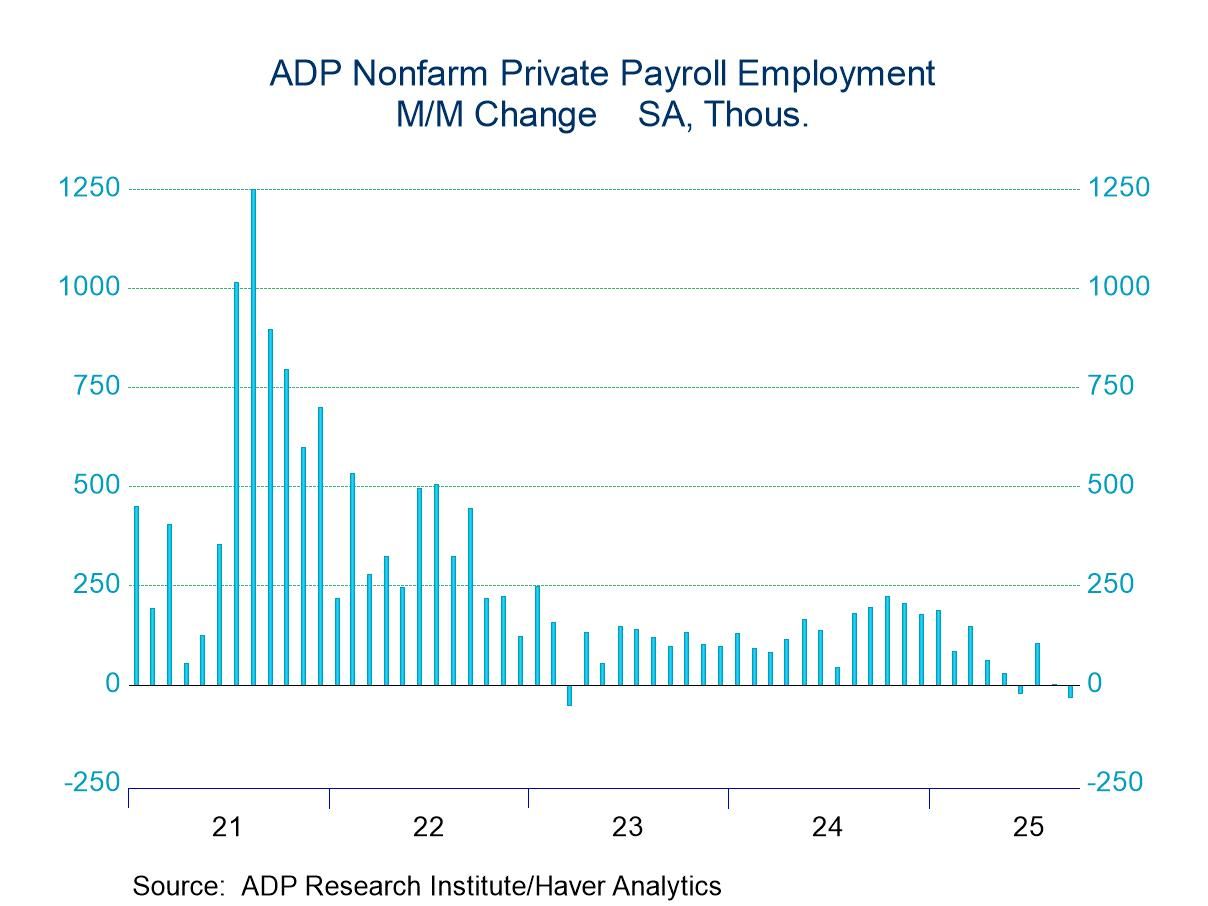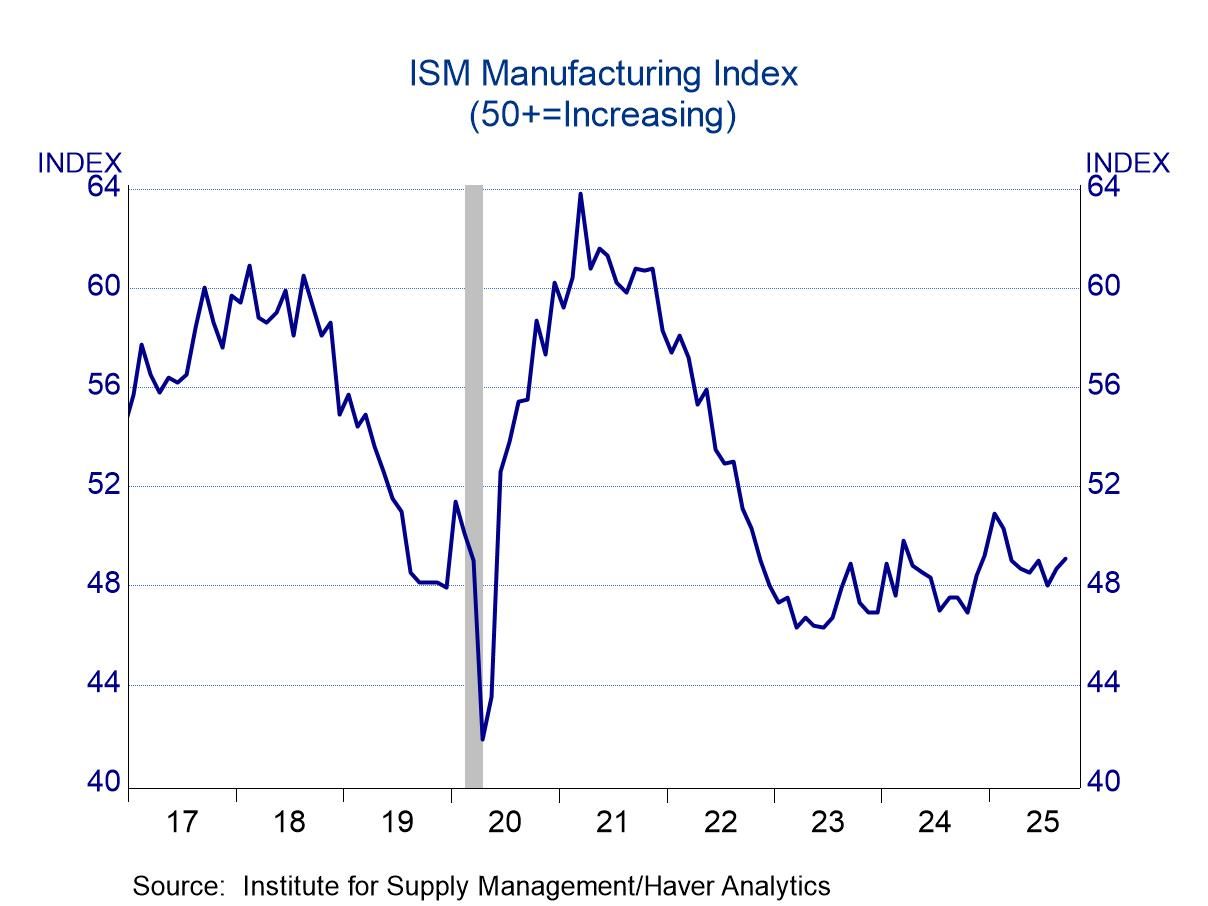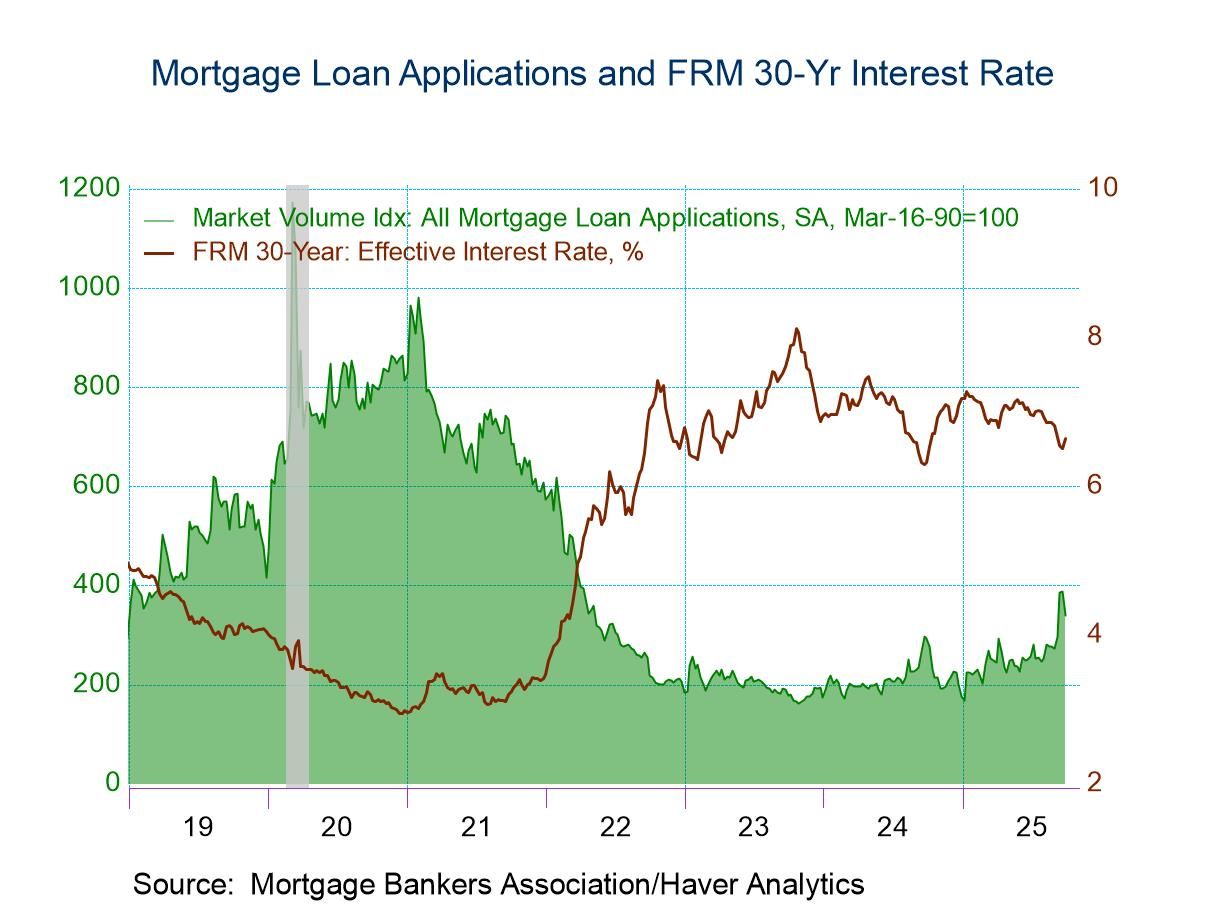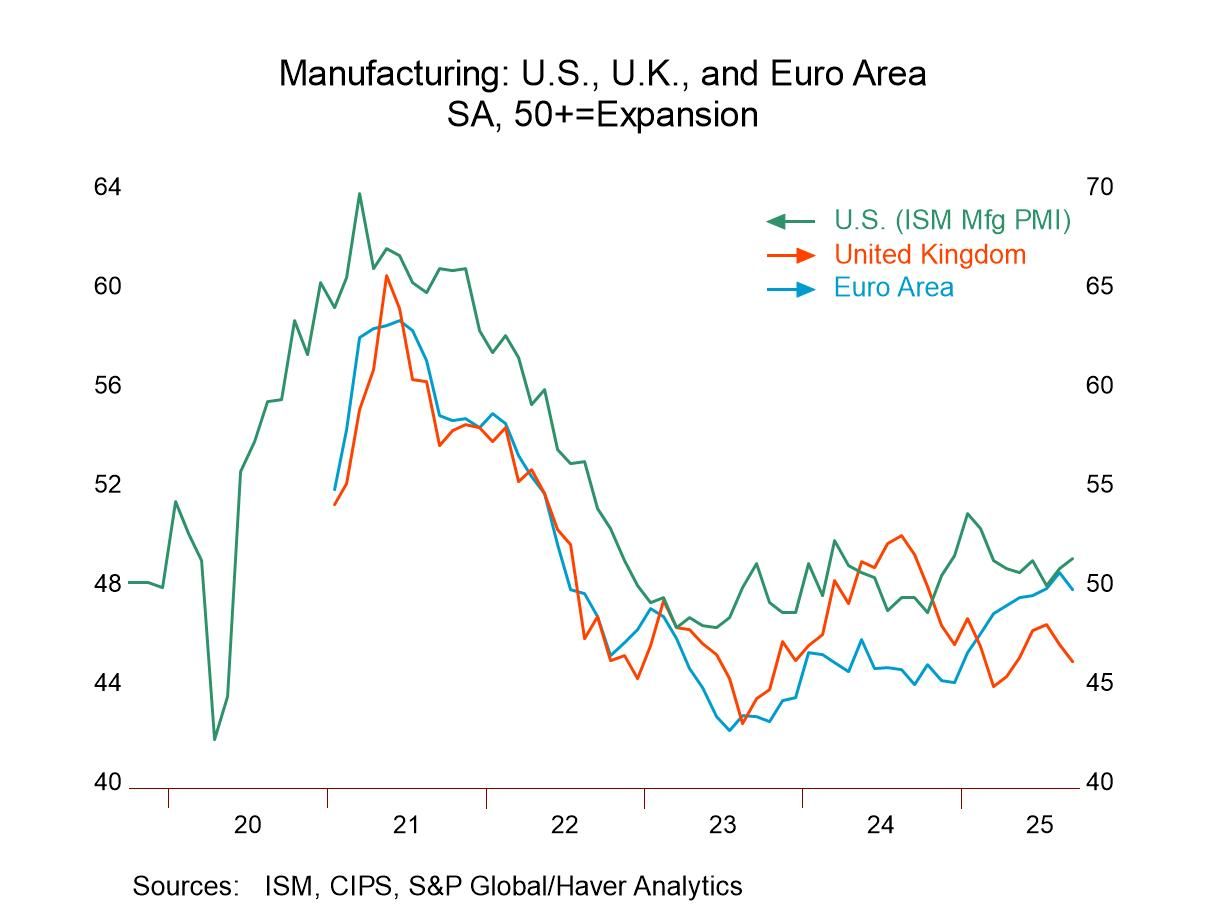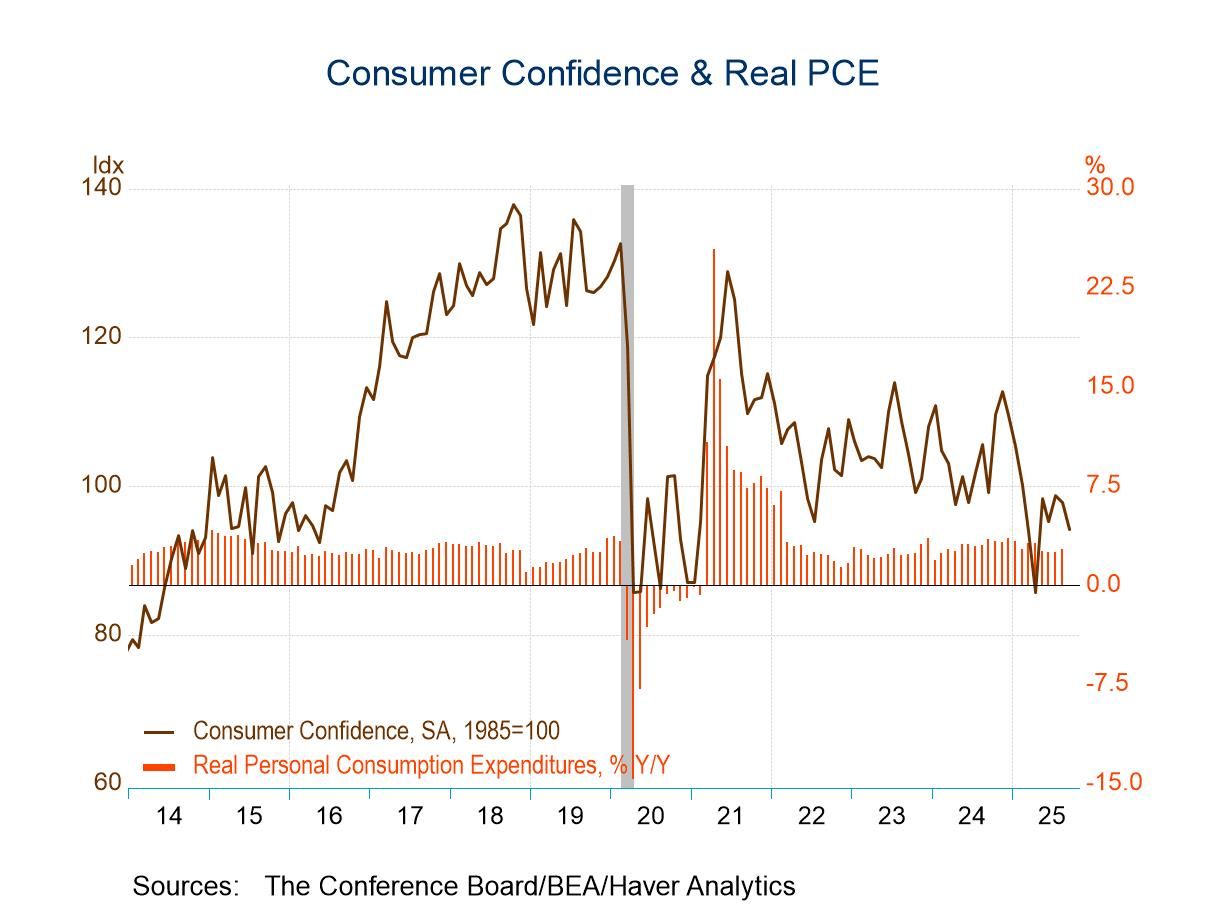Global financial markets have remained resilient in recent days, supported by a combination of easing inflation concerns, steady growth data, and hopes that geopolitical risks may ease following news of a potential Israel–Gaza peace plan. At the same time, investors are watching closely for signs of a US government shutdown, which could delay the release of key economic indicators, including Friday’s nonfarm payrolls report. Against this backdrop, the charts this week highlight a set of themes shaping the outlook. Policy rate expectations have shifted little, with markets still pricing in further cuts across most major economies over the next 12 months, with Japan the notable outlier (chart 1). In the meantime, optimism surrounding AI’s productivity potential continues to drive market sentiment, and while hard evidence in the data remains limited, there are tentative signs of improvement—global growth surprises have been positive (chart 2), US productivity and business formation are showing some improvement (charts 3 and 4), and semiconductor trade is rebounding as AI-related demand rises (chart 5). Yet caution is warranted: formal productivity measures may still reflect post-COVID cyclical effects, and the upswing in military spending underscores how geopolitical instability is also driving global investment trends, tempering the more upbeat AI narrative (chart 6).
 Global| Oct 02 2025
Global| Oct 02 2025Charts of the Week: Signals, Surprises and Shifts
by:Andrew Cates
|in:Economy in Brief
- Europe| Oct 02 2025
EMU Unemployment Ticks Higher
The unemployment rate in the European Monetary Union (EMU) ticked up to 6.3% in August from 6.2% in July, rising one tenth of one percentage point from its all-time low. Even though this is an increase in the unemployment rate, it's a very small increase and it's an unemployment rate that is extremely low for the EMU. The unemployment rate is based on the 20 economies that report unemployment. However, the table reports 12-early reporters and long-standing EMU members that show that the unemployment rate increased in only five countries in August: Austria, Finland, Italy, Portugal, and the Netherlands. All the other countries listed in the table say their unemployment rates were either steady or lower on the month. In July, the unemployment rate rose month-to-month in only one country, which was Ireland where it went up to 4.8% from 4.6%. In June, the unemployment rate rose in only three countries: Austria, Finland, and Greece. Of course, the table is only a sample of countries; there are 20 countries that typically contribute data to the European Monetary Union aggregate. The full slate of data is represented in the EMU total as reported.
Sequential data that look at changes in unemployment rates over three months, six months and 12 months, show that among these 12 member countries over 3 months only four had unemployment rates increasing; over 6 months five countries had unemployment rates increasing; over 12 months seven countries have their unemployment rates higher.
When we take the reported unemployment rates as of August and put them in a queue of data back to the year 2000, there are only three countries in the monetary union that have unemployment rates that are above their median for that period. And those are Austria, Luxembourg, and Finland. All the rest of the countries have unemployment rates that rank below their 50th percentile which places them below their respective medians for that period.
In fact, apart from the three countries that have their unemployment rates above their respective medians, the rest (the remaining nine) rank in their bottom 25th percentiles. All of the highest-ranking unemployment rates among those nine are Ireland at the 23rd percentile, and Germany and Portugal at the 22nd percentile. Italy, for example, still has an unemployment rate that ranks at its 0.7 percentile. Greece's unemployment rate, even though it's 8.1%, has been lower only 3.3% of the time. The unemployment rate for the entire monetary union has been lower only 3.2% of the time. If we look at the broader unemployment rate for the European Union, it has been lower only 2.6% of the time.
- USA| Oct 02 2025
U.S. Light Vehicle Sales Rise in September
- Light truck sales improve while auto purchases move lower.
- Total vehicle sales increase moderately y/y.
- Imports' market share declines.
by:Tom Moeller
|in:Economy in Brief
- USA| Oct 01 2025
U.S. ADP Employment Declines Unexpectedly in September
- Drop in private payroll jobs is third in last four months.
- Service-sector jobs decline sharply; construction & factory hiring weakens.
- Job-changer wage growth moderates.
by:Tom Moeller
|in:Economy in Brief
- USA| Oct 01 2025
ISM Index: The Manufacturing Sector Continues to Struggle
- The production and employment components registered gains.
- But new orders disappointed.
- Purchase loan applications dropped 1.0% w/w, and refinancing loan applications plummeted 20.6% w/w.
- Effective interest rate on 30-year fixed-rate loans rose 13 bps.
- Average loan size declined.
 Global| Oct 01 2025
Global| Oct 01 2025Global MFG PMIs Mostly Erode in September but by Small Amounts; It’s Really a Nothing-Burger of Economic Change
Manufacturing PMIs in September worsened for all the countries in the sample except for China and South Korea. The diffusion calculation was 11% in September but that compares to 83% in August and 55% in July; in past months improvement was much more common. Comparing the sequential results of 12-months to 6-months to 3-months, the median over 12 months is 49.2, over 6 months it's 48.8, and over 3 months it's 49.3. These are not compelling numbers in any direction and they show that output in manufacturing is simply hovering in a very slightly contractive position to 12-months ago.
The diffusion calculations that compare 3-months to 6-months, 6-months to 12-months across countries are steady at 66.7%. All those horizons regularly show improvement for two-thirds of the reporting countries over each of those horizons.
The queue rankings, however, indicate there's still a great deal of weakness with ten of the reporting countries having PMI readings since January 2021 that are below their respective medians. Output is above the respective medians for eight countries.
The bottom of the table presents statistics grouped in different ways a grouping of developed countries, the BRICs, other Asia. On that basis, there's really not much discrimination except that the BRIC countries show average readings that for the most part are above 50; other comparisons for the most part are below 50. The statistics, though, clustered around 50. The global medians call PMI values below 50 while the global averages coalesce at readings slightly above 50. And while these are differences, there's not much distinction between these differences.
In addition, we know that the queue rankings show a great deal of weakness in the current percentile standings which also leaves us with the conclusion that manufacturing is not particularly robust.
There are five countries or areas showing sequential improvement from 12-month to six-month to three-month averages and there are five of them showing sequential weakening on the same time horizon. In both cases, the transitions are small.
- Confidence level is lowest since April.
- Present situation & expectation readings decline.
- Inflation expectations reverse August increase.
by:Tom Moeller
|in:Economy in Brief
- of2681Go to 17 page


